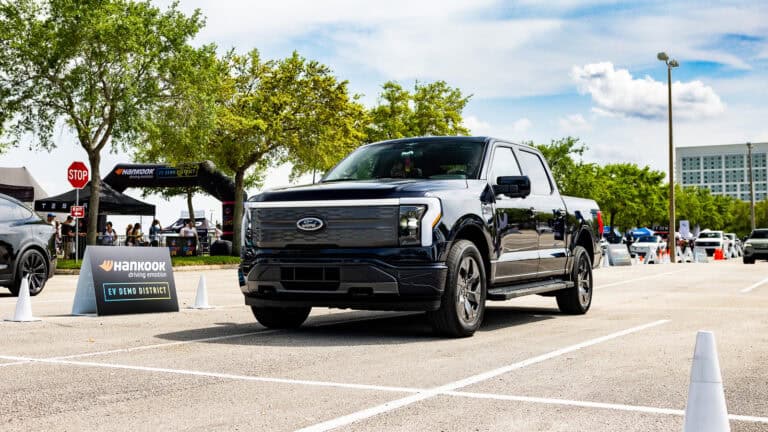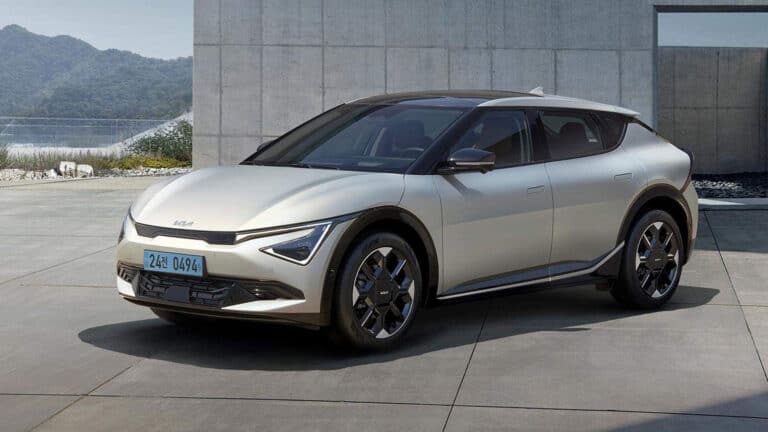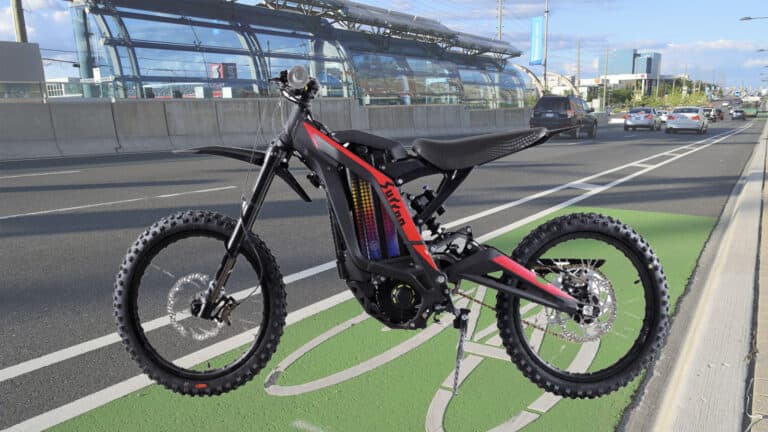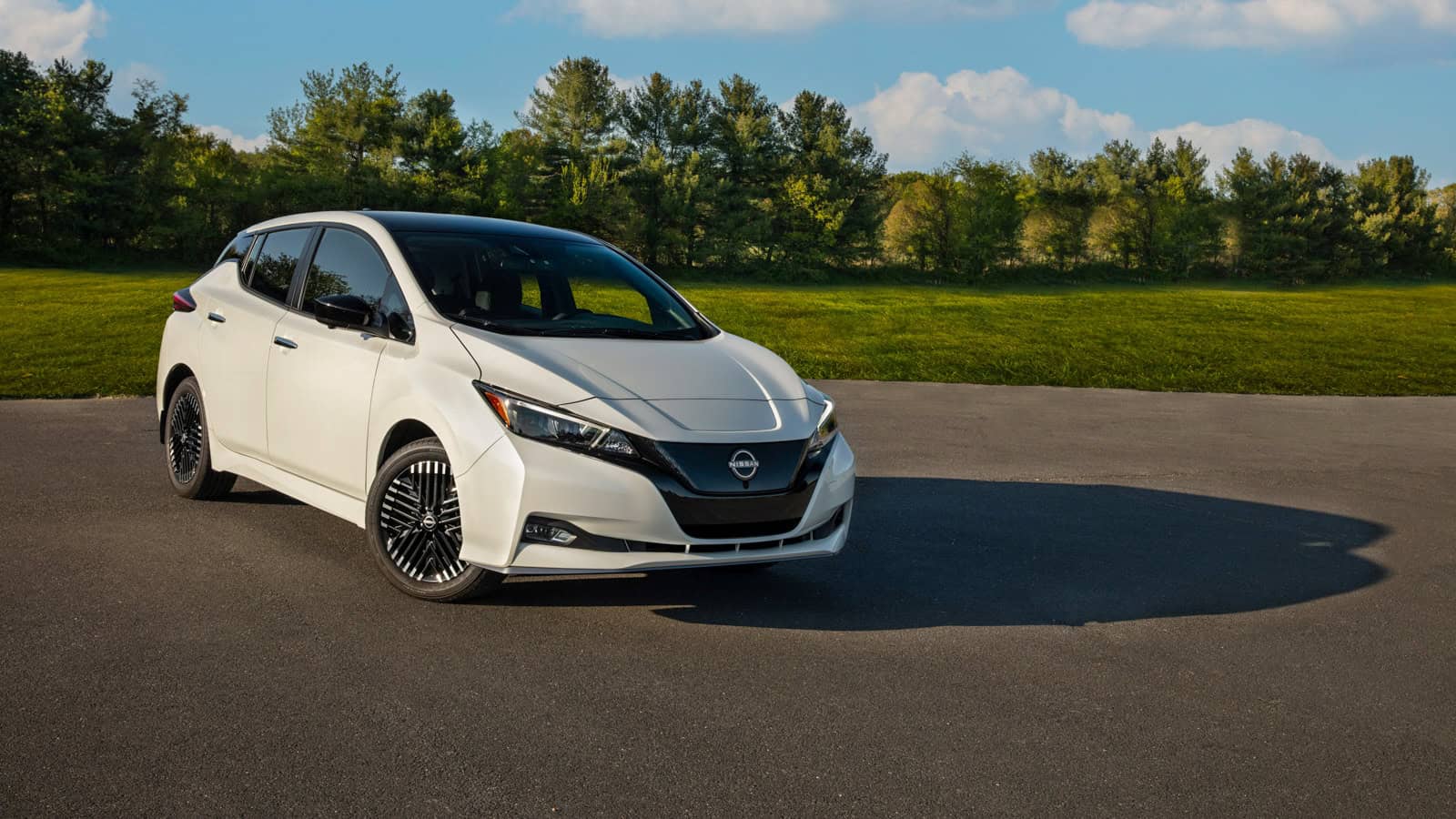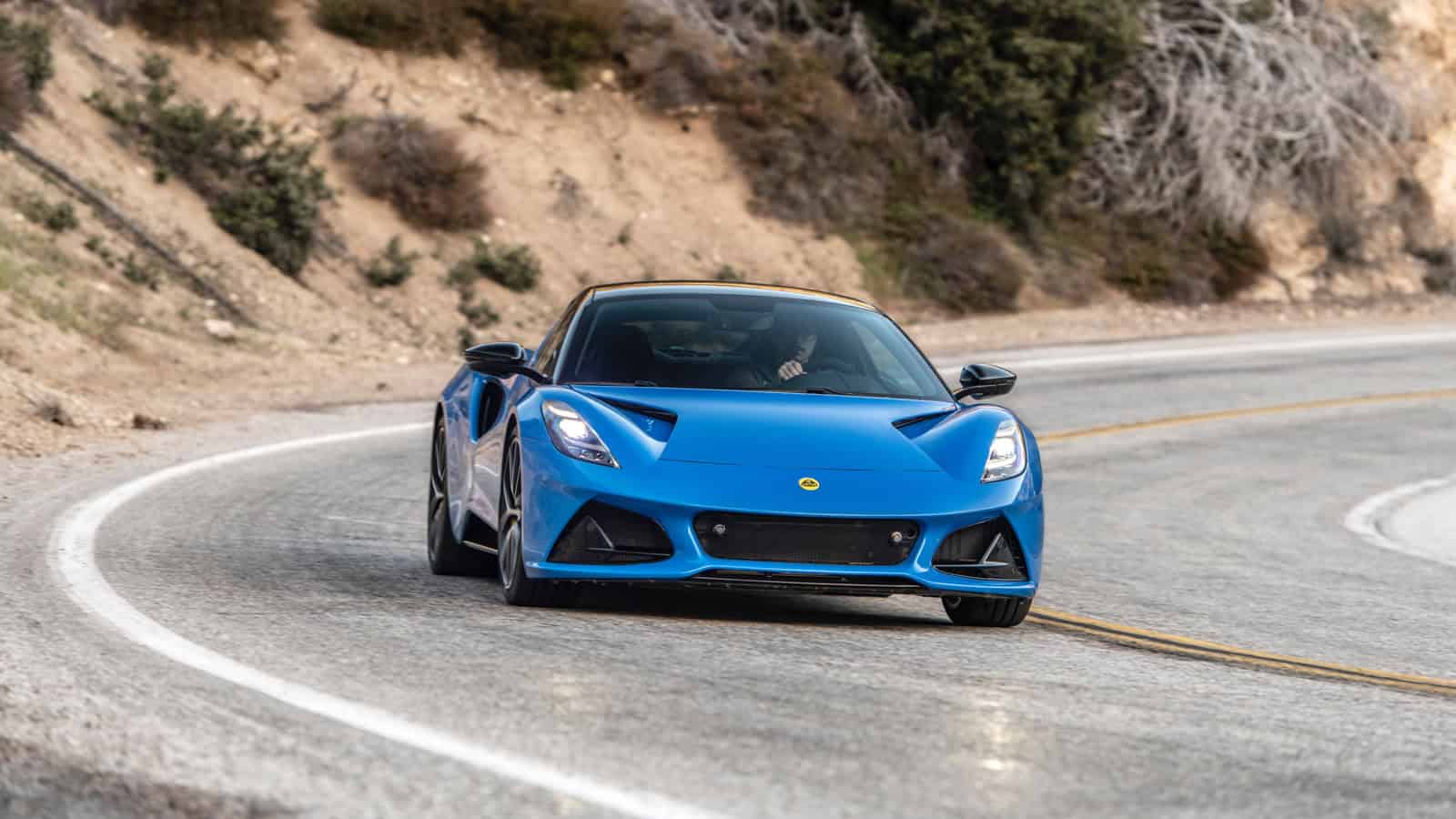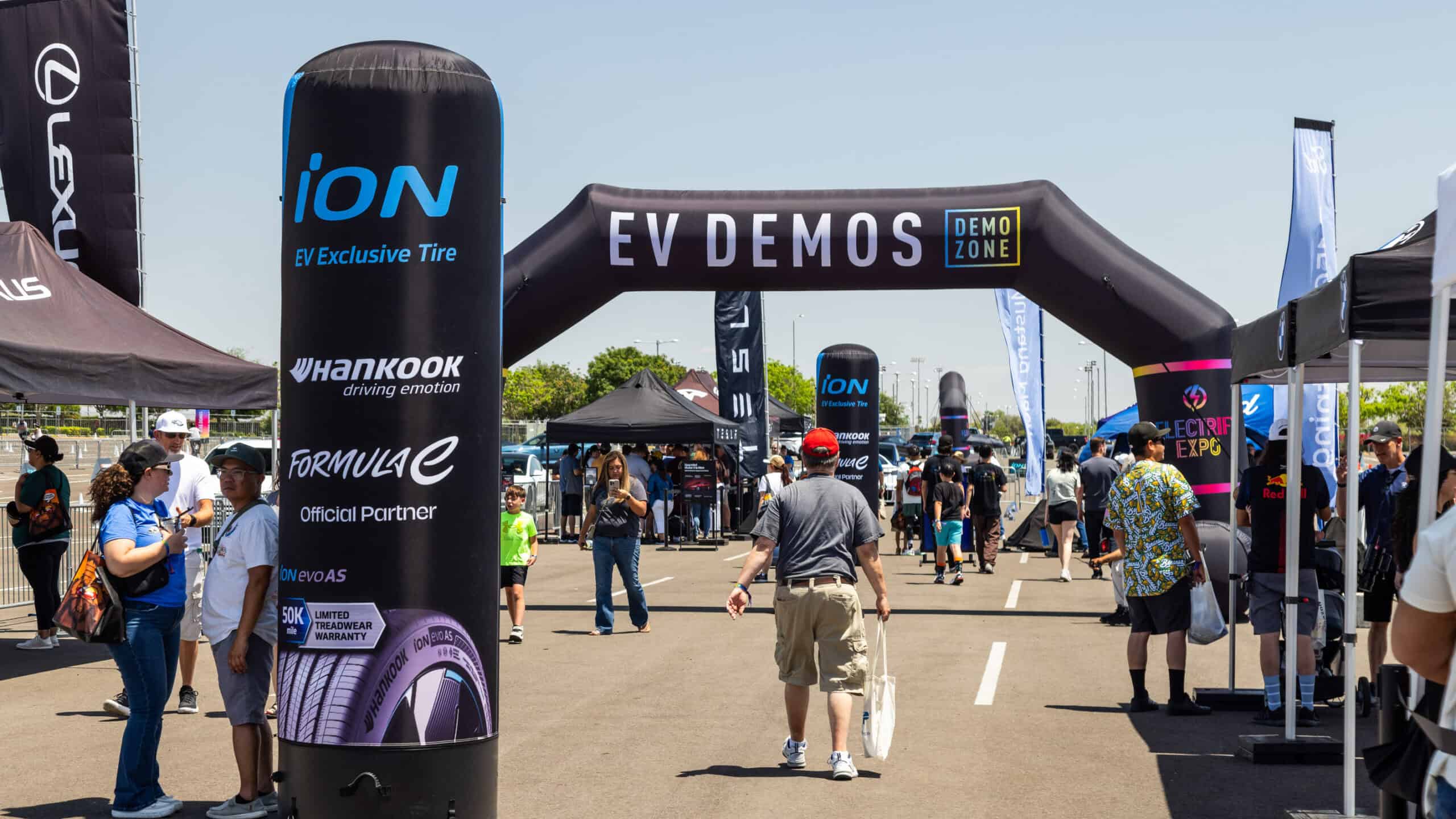The global electric car market is heating up, and could reach an incredible $1.2 trillion over the course of the next decade.
A report titled “Zero Emission Vehicle Market by Vehicle Type (BEV, PHEV, FCEV, Solar Vehicles), by Vehicle Class (Passenger Cars, Commercial Vehicles, Two Wheelers), by Price (Mid-Priced, Luxury), by Vehicle Drive Type (Front Wheel Drive, Rear Wheel Drive, All Wheel Drive), by Top Speed (Less Than 100 MPH, 100 to 125 MPH, More Than 125 MPH): Global Opportunity Analysis and Industry Forecast, 2021-2031.” (Wow– really!? –Ed.) published by Allied Market Research claims that the global zero emission vehicle industry is set to generate more than $1.2 trillion (with a “t”) by 2031.
To give that number some additional context, in 2021 the total zero emission vehicle (“ZEV”) market generated $182.83 billion. That 2022 to 2031 growth will be driven by a projected compound annual growth rate (CAGR) of 21.1%.
That may not sound like as much as it is. So, as Electrify News co-host Matt Teske likes to say, “visual aids always help explain things better.”
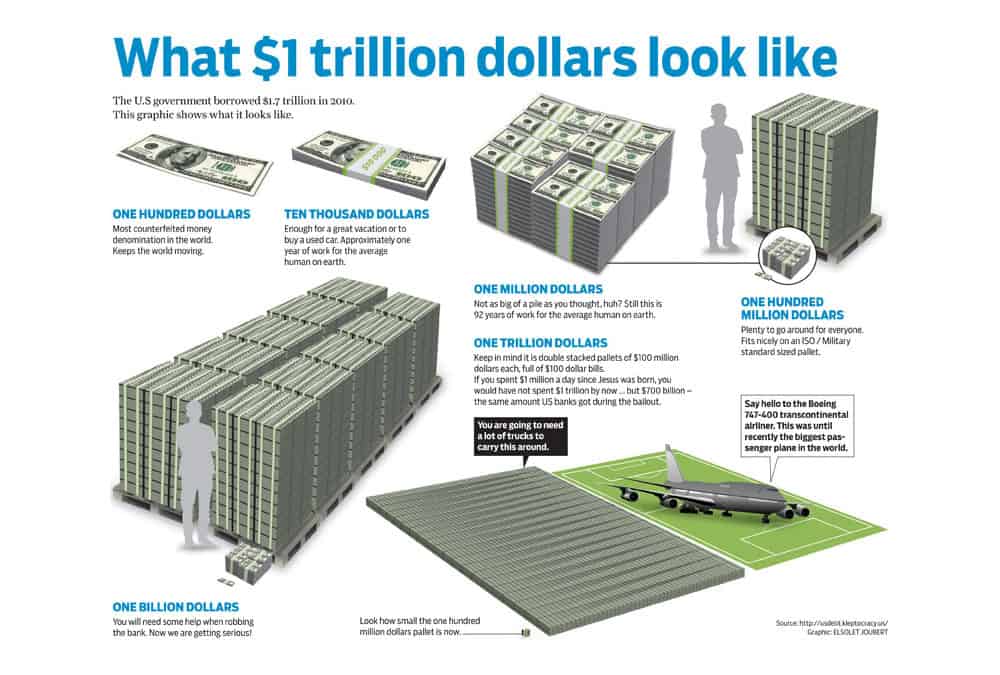
The zero emission vehicle industry is choked by the high cost of manufacturing and driver concerns such as range anxiety and serviceability, however plenty of factors and government initiatives have the potential to create growth opportunities. These factors include an increase in pollution concerns, a rise in demand for fuel-efficient and high-performance vehicles, and advancements in technology.
The COVID-19 pandemic also restricted the growth of the ZEV market, as well as the automotive sector as a whole with decreased sales and decreased production activities. The lack of availability of raw materials, supply chain disruptions, and a lack of workforce were all contributing factors. Additionally, increased economic uncertainty coupled with widespread job losses meant fewer people were purchasing new vehicles, but – good news! – the market is expected to recover post-pandemic.
According to the AMR report, a few vehicle groups are set to continue to dominate the market until 2031, based on vehicle class, price, vehicle type, and region.
Passenger cars are set to lead the vehicle class section, being the highest market share in 2021 and contributing to over three-fifths of the ZEV market. While these vehicles have become dominant due to investments and developments from private vehicle manufactures, commercial vehicles are projected to grow at a faster rate from 2022 to 2031 with a CAGR of 23.5% as a result of government regulations increasing demand for electric-powered commercial vehicles.
The mid-price segment is set to continue to lead the price section, holding around three-fourths of the zero emission vehicle market, due to a surge in disposable income and the wide range of mid-priced vehicles. The luxury segment is set to grow at the fastest rate, with a CAGR of 22.2% over the report’s forecast period, mainly due to developments by BMW and Daimler AG.
The Battery Electric Vehicles are set to lead the vehicle type section, also holding about three-fourths of the zero emission vehicle market, due to their lower maintenance and use of simple technology. The solar vehicles are set to grow faster with a CAGR of 34.1%.
Lastly, the Asia-Pacific region will continue to lead the market based on region, accounting for almost half of the zero emission vehicle market. Europe is set to grow faster though, at a CAGR of 23.3% due to emission targets set by the EU in an effort to reduce greenhouse emissions to 0 by 2050.

SOURCE | IMAGES: AMR, VIA PR NEWSWIRE.






